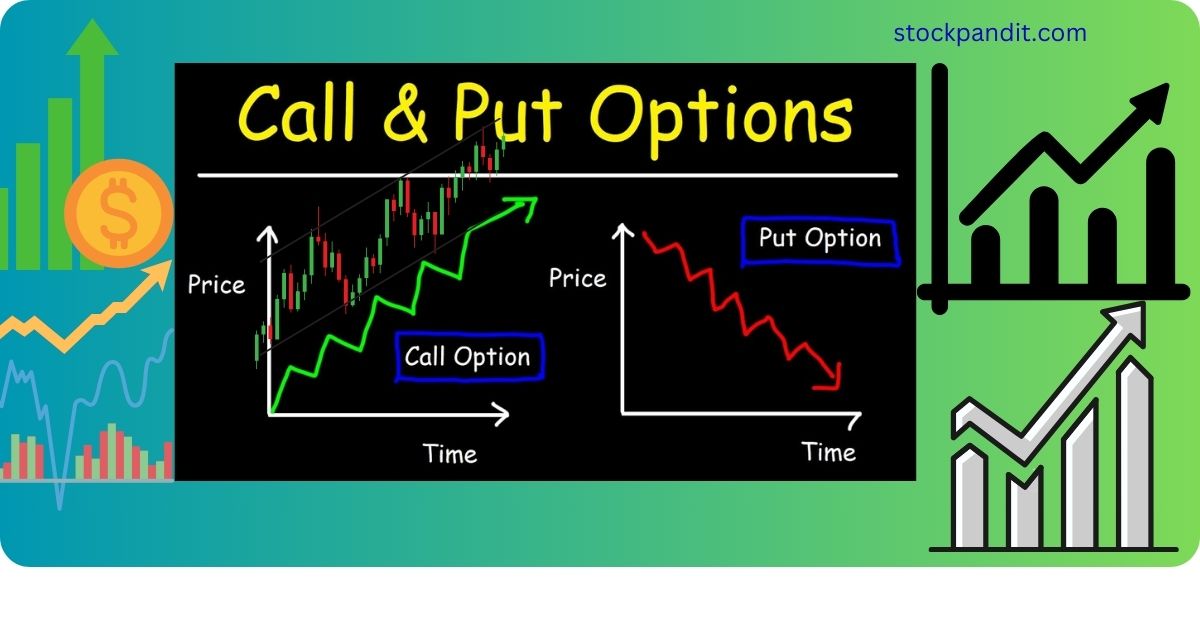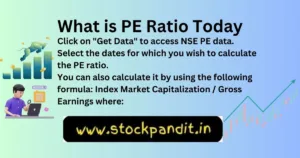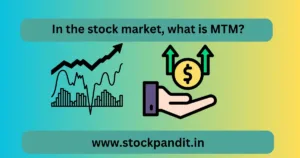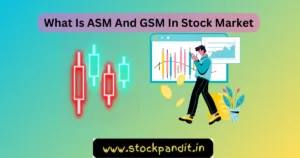Introduction: What is CE and PE in Stock Market ?
You can increase your stock market profits or protect yourself from possible losses by understanding the basics. Let’s explore the fundamentals of options trading to debunk its mystery.
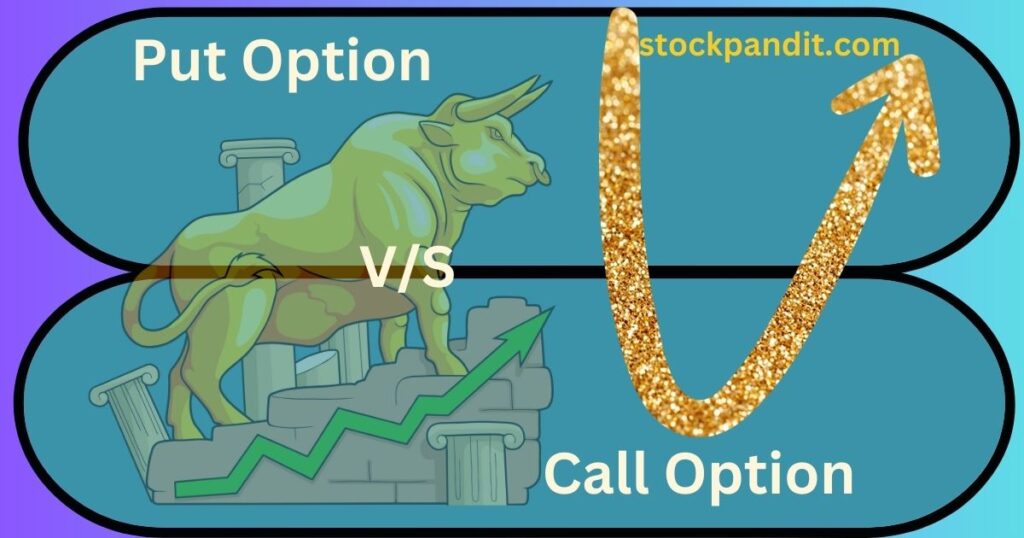
Leverage & Margin: Unveiling The Mechanics
Options trading introduced the concept of leverage, which allows investors a greater return on their initial investment. A margin account allows investors to maximize their gains and improve trading skills.
Understanding the Power of Options
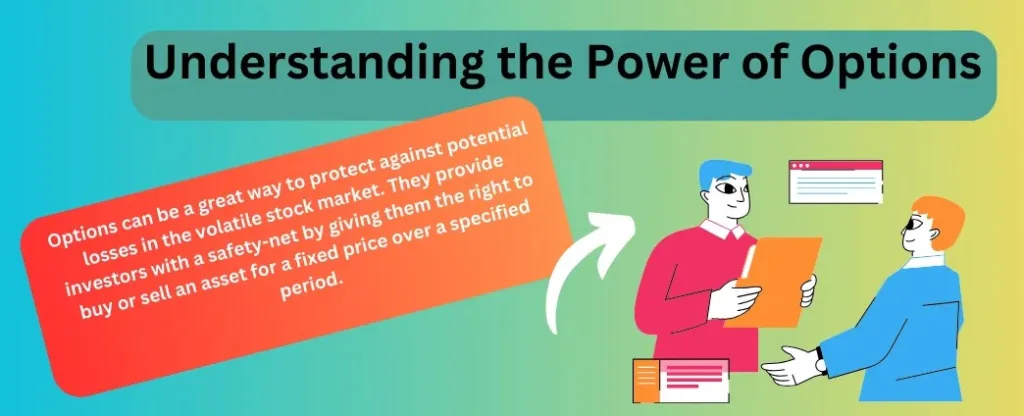
Futures Trading: Understanding the Expiration of Futures
Futures trading involves different types of expiry dates. The expiry dates of futures contracts can be categorized into the current month, next month and individual contracts.
Options Trading: Unlocking it Potential
Options can be used to hedge against losses or to capitalize on market movements.
Options trading unlocks financial potential via contracts to buy/sell assets at set prices within timeframes. Strategies like calls, puts, spreads, and complex maneuvers enable profiting in diverse market conditions.
While offering flexibility and amplified gains, it demands deep market understanding, risk management, and strategy precision. Options serve beyond speculation, acting as hedges, income sources, or for advanced trading tactics like arbitrage.
Success entails continual education, market analysis, and adaptable strategies. With vigilance and experience, options empower investors to diversify portfolios and pursue financial goals, but require dedication to navigate their complexities and manage risks effectively.
Understanding Lot Size Dynamics: What is CE and PE in Stock Market ?
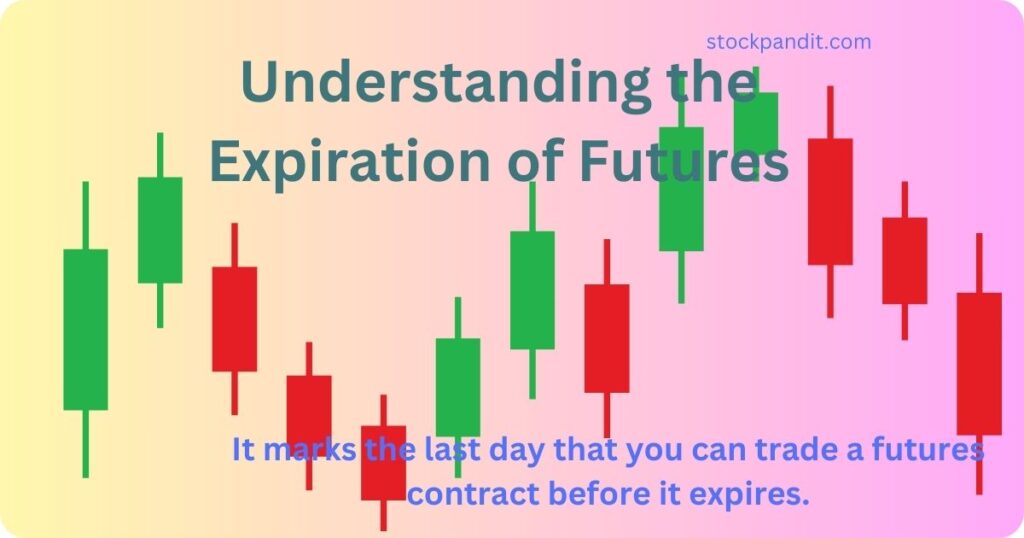
Understanding the Expiration of Futures
Understanding the dynamics of lot size in options trading will help you make prudent decisions.
Market movement and profit realization
Options trading profits are closely linked to market movements. To be successful in options trading, you must first understand market dynamics and then strategically take advantage of them.
Strategic Selling & Timing
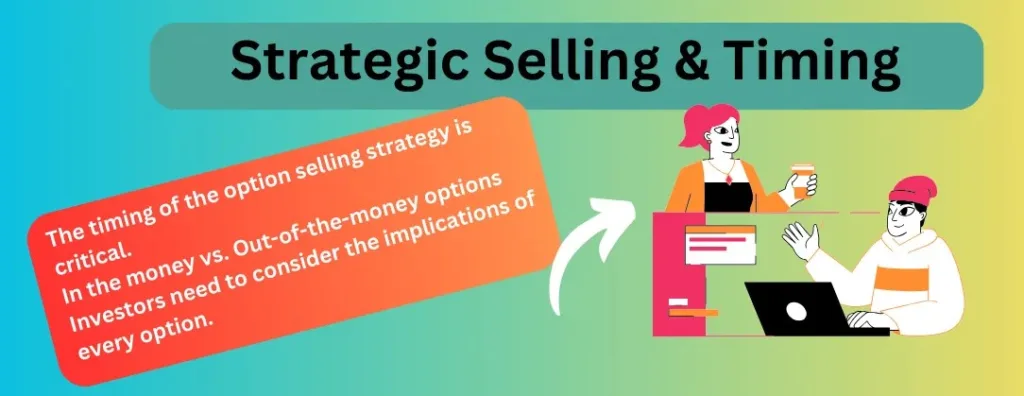
Nifty Strike Price Dynamics
To understand the basics of options, you must have a thorough knowledge of the Nifty system and the strike price system. Making strategic decisions requires an understanding the subtle interplay of these elements.
You May Also Like: What is Piotroski Score ?
Conclusion:
Options trading is a great way to boost your investment efforts. It offers a variety of strategic options. If you master the basics, you can succeed on the stock exchange.
FAQ
What does CE mean in stocks ?
“CE” in stocks typically stands for “Closing Equity,” denoting the value of a stock or a company’s equity at the market’s close.
‘When should I sell PE options ?
Sell PE options when you anticipate the stock’s price will rise or remain steady, allowing you to profit from the option’s premium or avoid potential losses if the stock price stays above the strike price at expiration.
What happens if you buy CE and PE both ?
Buying both Call (CE) and Put (PE) options on the same stock with the same strike price and expiration results in a “straddle,” profiting from significant price movement in either direction, aiming to capitalize on volatility regardless of the stock’s actual direction.
When to buy PE and CE ?
Consider buying a Put Option (PE) when you expect the stock price to fall. This could be due to an anticipated market downturn, poor company performance, or a technical indicator signaling a potential decline.
On the other hand, purchase a Call Option (CE) when you predict the stock price will rise, perhaps based on strong fundamentals, positive news, or an upward trend in the market or specific stock. Both strategies capitalize on directional movements, aligning with your market outlook and timing.
In stocks, what does CE stand for?
Call options are denoted by CE, and put options by PE.
What is meant by Nifty PE?
The Nifty 50 index, which consists of 50 sizable publicly traded companies that are listed on the National Stock Exchange of India, is valued using the nifty pe ratio.
By dividing the index’s price per share by its earnings per share, one can compute the ratio.
When should I purchase PE?
Discover With ETMarkets: Decoding “option writing” & “option”
Comparably, if the stock declines, a trader can profit from a decline in the market by either buying PE or shorting (selling) CE.
In a bull market, you can purchase a call or a short put. In a bear market, you can: Purchase puts; Opt for short calls.
A decent PE ratio is what?
between twenty and twenty-five
The typical P/E ratio is in the range of 20 to 25. A price-to-earnings ratio (P/E) would be deemed excellent if it was below that threshold, and bad if it was over that threshold.
It doesn’t end there, though, as average P/E ratios might vary throughout industries.2.
Can we purchase CE and PE jointly?
Take Advantage of Any Price Movement With Long Straddles
Indeed. We refer to this tactic as straddling.
If the market makes a significant move in either way, you profit. It is possible to purchase both CE and PE at the same strike price.
Using an example, what are CE and PE?
A put option in the European style with the option to sell the underlying asset is known as a PE. Call option European Style, or CE for short, entitles the holder to purchase the underlying asset.
These are words that are frequently used when trading options contracts in the derivatives market.
Are stocks with a high PE good?
A corporation with promising growth prospects may be indicated by a high price-to-earnings ratio (P/E). Nevertheless, examining the P/E ratio in isolation is insufficient.
To ascertain the company’s growth prospects, make sure you examine the financials and fundamentals of both the business and its rivals. This will enable you to make a better-informed choice.
